CAIRO – 7 July 2021: The Egyptian archaeological mission working in the area of Tel Kom Aziza in Al-Beheira Governorate discovered the remains of a huge pottery workshop, dating back to the Greco-Roman era.
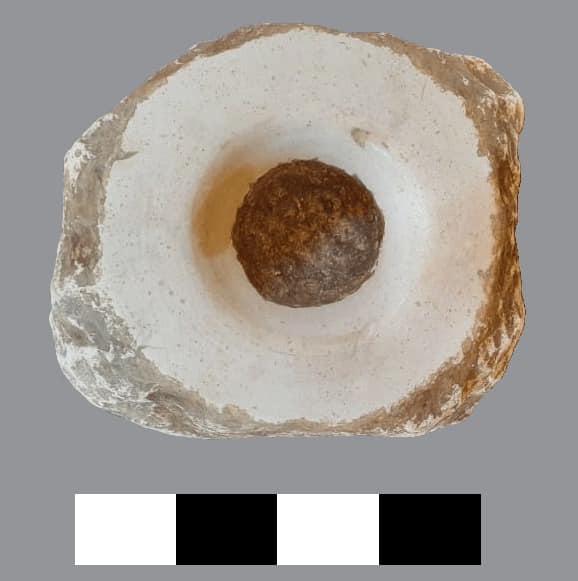
Secretary-General of the Supreme Council of Antiquities Mustafa Waziri said that this workshop consists of buildings dating back to the period between the third century BC, and the first century AD.
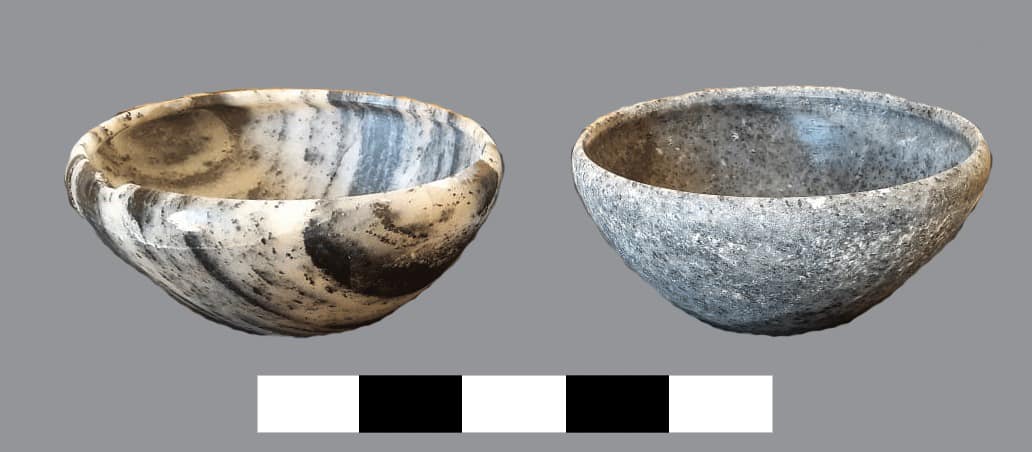
The mission succeeded in discovering the pellet area, the forming area, the drying area, and the incineration furnaces of the workshop.
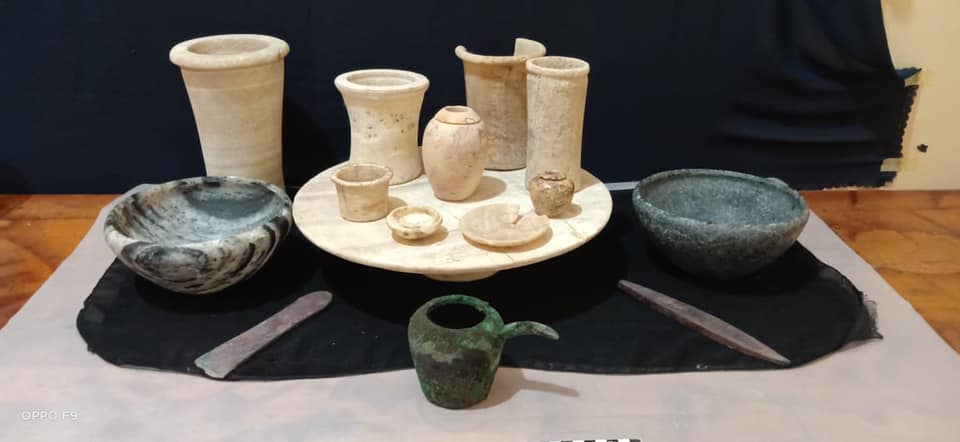
Waziri explained that the pellet area is where the clay is kneaded and mixed with some other additives to increase the homogeneity between its granules. The forming area is the part designated for shaping and polishing pots. Some of the tools used for this purpose were found, such as metal tools, parts of the potter's wheel, and some parts of clay pots that were formed at that time.
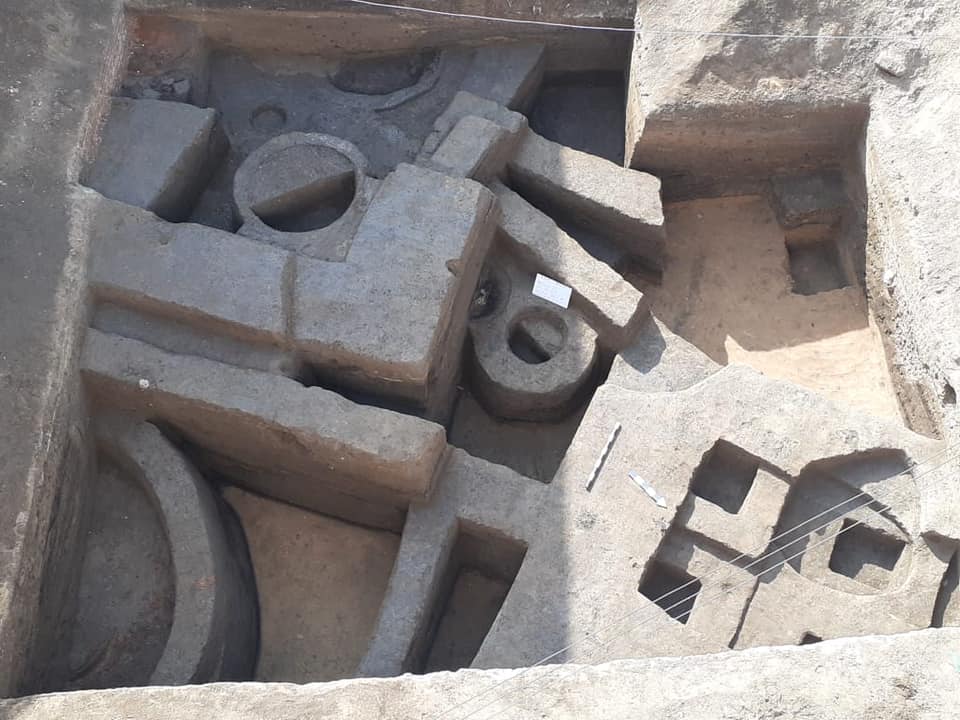
As for the drying area, it is the area where the pots are exposed to the sun for the longest possible period of time in preparation for the burning process inside the incinerators so that the pots are cooked and turned into pottery.
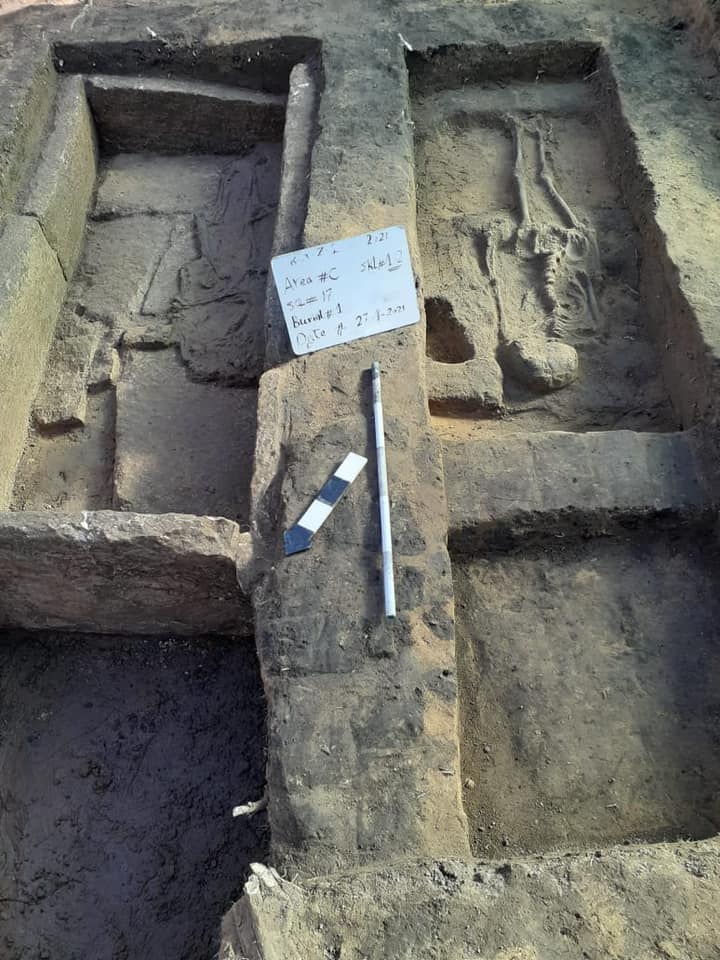
Head of the Egyptian Antiquities Sector at the Supreme Council of Antiquities Ayman Ashmawy pointed out that the incinerators have upper ventilation holes [Updraft Kilns], and are built of red bricks and surrounded by thick walls of mud bricks to withstand the pressure resulting from the burning process.
Also, the hot gases supply pipes, the discharge pipes that control the temperature inside the oven, and the remains of unburned and raw earthenware pots, were all found in the incinerators.
For his part, Head of the Mission Ibrahim Sobhi said that the mission additionally found a residential settlement and mud-brick houses with some pottery pots for daily use, as well as ovens for cooking, storage silos and some bronze coins. This is in addition to a group of mud-brick burials and tombs with some skeletons buried in a squatting position, covered with a thick layer of silt, and surrounded with some funerary vessels made of pottery, alabaster and copper.
It is likely that these burials date back to the beginning of the dynasties, and that the ancient Egyptians settled in that region from pre-historic times until the Roman era.
Comments
Leave a Comment